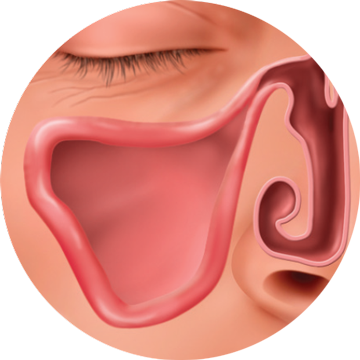
Anatomy
Anatomic obstructions can prevent the drainage of mucus from the sinus cavities. When mucus can’t drain it is subject to infection from bacteria.

Nasal polyps
may protrude into the nasal cavity blocking the airway and not allow mucus to drain properly.

Enlarged Turbinates
Turbinate hypertrophy (enlarged turbinates) is usually caused by allergies, sinus inflammation or environmental irritants. However, when the middle turbinate enlarges with air (concha bullosa) it blocks the sinus opening creating a build-up of mucus which can become infected.

Deviated Nasal Septum
Your nasal septum is made up of bone and cartilage and separates the nasal cavities. While the septum is usually straight and symmetrical – a deviated septum happens when the cartilage leans left or right. This can cause obstructions to the nasal passages and blockage. This is a very common condition and affects most individuals, though the severity differs among individuals.

Facial Trauma
A trauma to the frontal or maxillary sinus can result from either a fall or force applied to the face. This can lead to swelling or damage to the bones of the sinus cavities causing problems with drainage.
Allergy and Immunology
Allergic and Immunologic conditions can cause the soft-tissue lining of the sinus ostea to swell and close-shut. This sets you up for the Sinusitis Cycle.
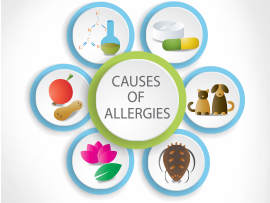
Nasal Allergies
Allergy symptoms such as your nose or eyes itching, watery eyes, runny nose – may lead to swelling in the nasal cavities – causing your sinusitis.
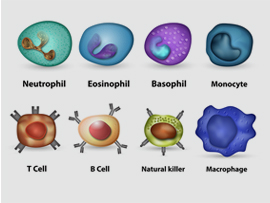
Autoimmune diseases
certain conditions or disease may predispose individuals to sinusitis, such as those who are immunocompromised, have cystic fibrosis, diabetes or HIV.

Environmental irritants
such as cigarette smoke can make the sinus tissues swell. Immune deficiencies
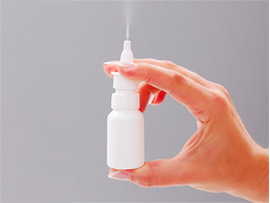
Overuse of Decongestants
While decongestants help shrink the inflamed sinus tissues, it should only be used under a doctor’s direction as overuse of some medications such as Afrin can cause a ‘rebound effect’ and lead to a condition called ‘rhinitis medicamentosa’.
Infections
Infections of the upper respiratory tract are usually followed by inflammation and soft tissue swelling leading to decreased drainage of mucus from the sinuses.

Viral
Most cases of sinusitis are caused by viral infections such as a cold, and usually resolve on their own over the course of about 10 days

Bacterial
Usually occurs after the sinus cavities are blocked and can be caused by streptococcus pneumonia, haemophilus influenza and Moraxella catarrhalis; such as bacterial infections of the upper respiratory tract

Fungal
Generally rare and can occurs after an injury to the sinuses
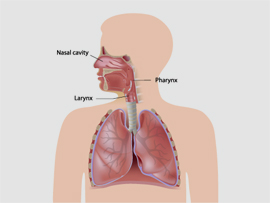
Upper Respiratory tract infections
Include infections of the larynx pharynx and nasal cavities. Sinusitis can results from infections of these other sites as they are next to and are a part of the upper respiratory tract.
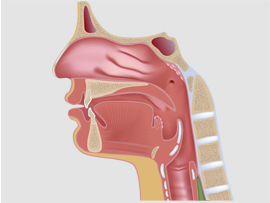 Dental disease
Dental disease
Diseases in your upper teeth such as periodontal disease in the upper teeth may lead to maxillary sinusitis due to their close proximity.
With the myriad of causes and conditions leading to sinusitis, it’s important to see a specialized healthcare professional to effectively diagnose and treat the underlying condition to stop the sinus cycle.
